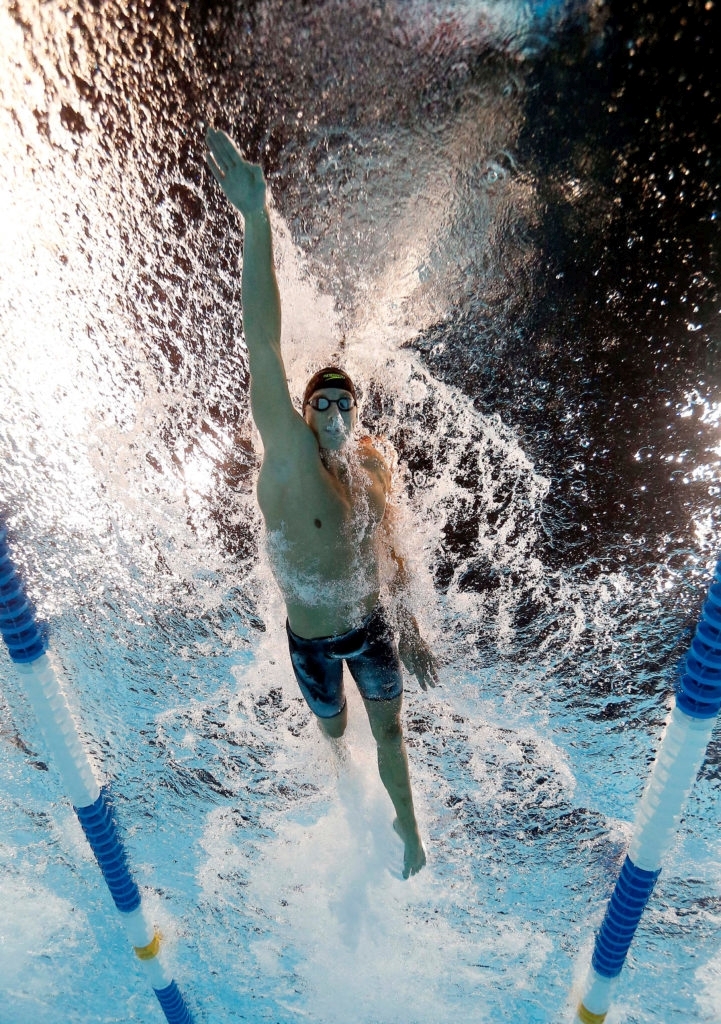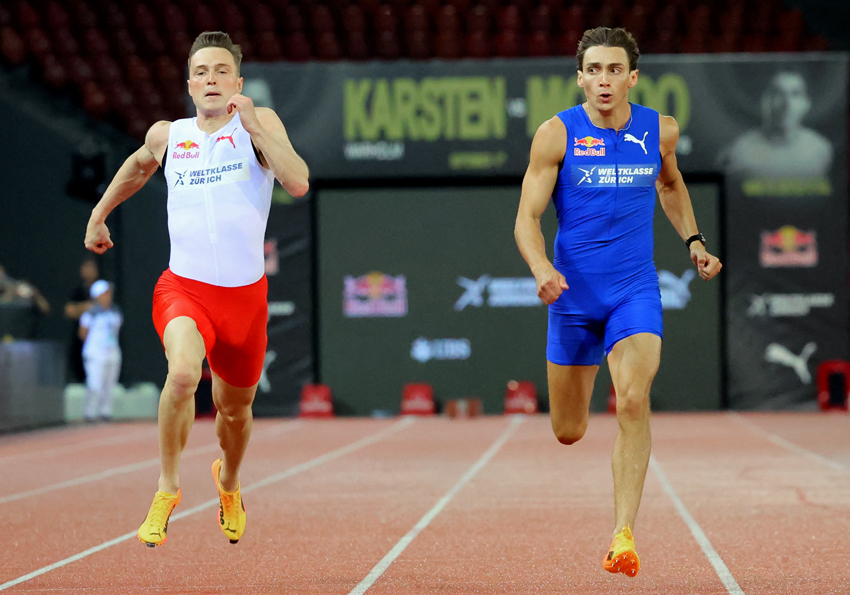Swimmers affected by body clock

The daily (circadian) rhythm exerts a powerful influence over a number of biological functions in the human body, including core temperature, sleep/wake cycles and levels of secreted hormones such as melatonin. However, measuring the impact of this rhythm on athletic performance can be very tricky, because it can be easily masked by other environmental variables, such as previous sleep patterns and training, nutritional and emotional status, and motivation. The laboratory is an ideal environment in which to study circadian rhythm variations, because many of the confounding environmental variables can be removed, and this is just what US researchers have just done with a group of 25 experienced swimmers.The swimmers stayed in the laboratory for 50-55 consecutive hours and followed a three-hour ‘ultra-short’ sleep/wake cycle, involving one hour of sleep in darkness and two hours of wakefulness in dim light, which was repeated throughout the test period. The purpose of this protocol was to distribute any behavioural and environmental masking factors equally across the 24-hour period (so that any differences that were observed would be due to circadian rhythm only).
Each swimmer was asked to perform six maximal effort 200m swim trials, which were timed so that they were distributed equally across different times of day, each trial being separated by nine hours. The swimmers’ temperatures were also taken at regular intervals to determine how their core temperatures varied with the time of day, in particular to find out when the minimum temperature (Tmin) occurred; this is when circadian rhythm theory predicts a trough in athletic performance. The swimming performances were then logged and statistical analysis was carried out to discover whether there was any ‘time of day’ (ie circadian) relationship between the best/worst performances.The results revealed a very significant time of day effect on performance; swimming performance peaked from between five to seven hours before Tmin (approx 11pm), and was at its worst in the period from one hour before to one hour after Tmin (around 5am). The average increase in time from peak to worst performance was 5.8 seconds, or 3.5% difference (significant). This study provides yet more evidence that circadian rhythm can and does exert a significant impact on athletic performance, something that athletes and coaches need to be aware of when planning demanding training sessions or preparing for competitions.
J Appl Physiol 2007; 102(2):641-9
You need to be logged in to continue reading.
Please register for limited access or take a 30-day risk-free trial of Sports Performance Bulletin to experience the full benefits of a subscription. TAKE A RISK-FREE TRIAL
TAKE A RISK-FREE TRIAL
Newsletter Sign Up
Testimonials
Dr. Alexandra Fandetti-Robin, Back & Body Chiropractic
Elspeth Cowell MSCh DpodM SRCh HCPC reg
William Hunter, Nuffield Health
Newsletter Sign Up
Coaches Testimonials
Dr. Alexandra Fandetti-Robin, Back & Body Chiropractic
Elspeth Cowell MSCh DpodM SRCh HCPC reg
William Hunter, Nuffield Health
Keep up with latest sports science research and apply it to maximize performance
Today you have the chance to join a group of athletes, and sports coaches/trainers who all have something special in common...
They use the latest research to improve performance for themselves and their clients - both athletes and sports teams - with help from global specialists in the fields of sports science, sports medicine and sports psychology.
They do this by reading Sports Performance Bulletin, an easy-to-digest but serious-minded journal dedicated to high performance sports. SPB offers a wealth of information and insight into the latest research, in an easily-accessible and understood format, along with a wealth of practical recommendations.
*includes 3 coaching manuals
Get Inspired
All the latest techniques and approaches
Sports Performance Bulletin helps dedicated endurance athletes improve their performance. Sense-checking the latest sports science research, and sourcing evidence and case studies to support findings, Sports Performance Bulletin turns proven insights into easily digestible practical advice. Supporting athletes, coaches and professionals who wish to ensure their guidance and programmes are kept right up to date and based on credible science.









